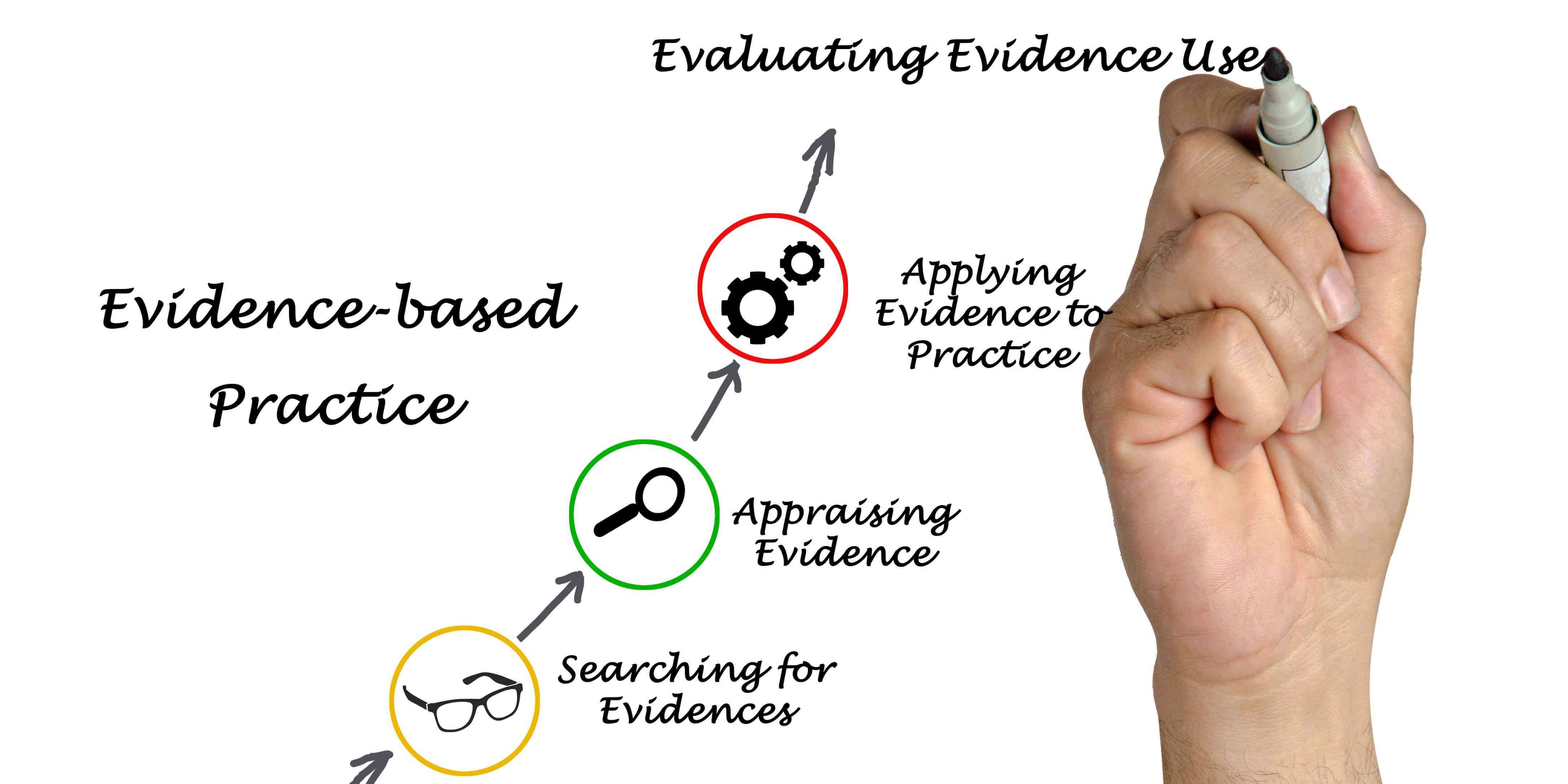Does your ordering clinician’s wound care knowledge rest on outdated education and assumptions?
A wound care certified physician says his peers often ignore the scientific evidence on effective treatments that form wound care standards.
This is problematic because success in wound care requires understanding basic principles and evidence.
With this in mind, we developed our multi-disciplinary course in Skin and Wound Management to build the ranks of competent, certified specialists.
Yet every day, many healthcare professionals — including ordering physicians — treat wounds without adequate training.
Not surprisingly, they often make questionable decisions that don’t meet wound care standards.
Let’s define wound care dabblers
Michael Miller, DO, FACOS, FAPWH, CEO, medical director of Miller Care Group in Indianapolis, Ind., coined a term for clinicians who practice wound care with little expertise or experience — wound care dabblers.
He’s especially critical of physicians who order ineffective wound therapies and don’t learn from more knowledgeable secondary providers — or even learn from past mistakes.
“To paraphrase Einstein, the definition of insanity is doing the same thing over and over and expecting a different outcome,” he said. “In wound care, it means continuing poor, inefficient, costly care with poor outcomes, making the Hippocratic oath the punch line to a bad joke.”
Follow the evidence for wound care standards
A popular multi-session speaker at our Wild On Wounds (WOW) national conference each year, Miller challenges his audience to look to the evidence for best practices to ensure your practice meet wound care standards.
At WOW 2019, he addressed the decision-making shortfalls of his peers in a talk called “Herding Insipid Cats — Teaching Wound Care to the Modern, Omniscient, Dabbling Physician.”
Miller believes substandard wound care arises from the way many physicians think of wounds.
“Unfortunately, in the practice of wound care, the many antiquated myths perpetrated and perpetuated are due to the feeling that the issue is solely an unwanted hole in the skin and that using something to stun the wound into submission will carry the day,” Miller said. “Of course, the pseudo-knowledge that bacteria are ubiquitous and likely causal means that the antibiotic du jour will provide the much-needed answer to a static state.”
“Rather than using a logical approach and establishing one of the 11 wound care diagnoses, they prefer to adhere to the mantra of ‘see the hole, fill the hole’ creating peanut butter-and-jelly-sandwich combinations of conflicting dressings and components in the hope that their intervention will continue to bring the patient back ad infintum, ad astra,” he continued.
In his session, Miller encouraged wound care clinicians to spread the message that each patient and each wound is different.
Clinicians should refrain from choosing convenience and anecdotes over best practices and wound care standards, he said.
Miller shared that his programs always ask learners to do two specific things:
- Step outside their comfort zone.
- Use scientific evidence, when available, and best practices identified by experts.
Clinicians can then take that evidence and present it to the physician who provided the original orders and discuss.
Wound care standards lead to better outcomes
According to Miller, the rewards for modernized care include decreased costs, better outcomes and increased staff confidence.
He said he hopes clinicians leave his talks with the tools to help wound care dabblers in their facilities see wounds in a new way — those that follow wound care standards.
Take our course in Skin and Wound Management to learn more.
What do you think?

